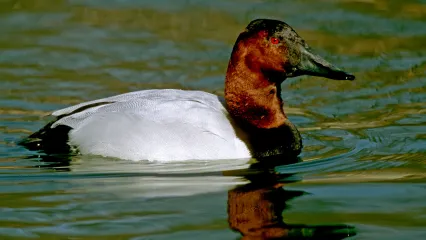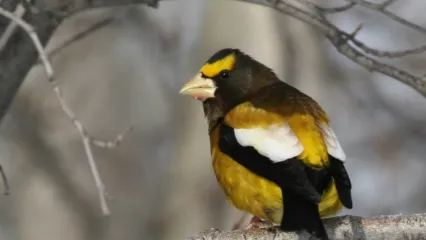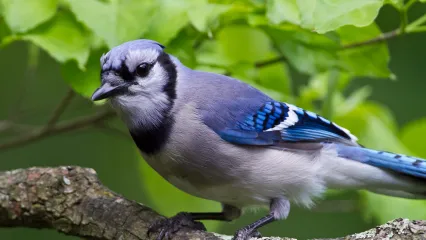
Description
Sometimes referred to as “the king of ducks,” the canvasback is a sought-after prize by many serious waterfowl hunters. The canvasback is the largest species of diving duck found in North America
One of the distinctive features of this duck is its gradually sloping forehead that flows smoothly into its long black bill. The adult male has a chestnut-red head with a red eye, a thick neck, blueish-gray legs and feet, a black breast and a light gray or white back. The white, canvas-like color of the male’s back led early European settlers of America to begin calling this bird a canvasback.
The adult female has a grayish-brown body with a brown head and neck. It also has a long, sloping black bill. A juvenile canvasback is similar in appearance to an adult female canvasback.
The canvasback’s diet normally consists of plants. In fact, the bird’s scientific name, Aythya valisineria, is partially derived from its favorite food, wild celery (Vallisneria americana). These ducks will also feed on invertebrates such as snails, mussels, insects, and insect larva. As a member of the diving duck family, the canvasback can swim 15 feet underwater for 10-20 seconds to capture its food.
Diving ducks tend to have larger bodies with smaller wings, therefore they stay on the water nearly all the time. To become airborne, they need to run across the top of the water to build up enough speed for their wings to lift them up. While in flight, canvasbacks line up into a V-shaped formation.
A fair number of canvasbacks make their way down the Central Flyway during fall migration. When passing through Oklahoma, they prefer to rest on large expanses of open water, but they will congregate in shallower areas to feed. Waterfowl hunters in Oklahoma are usually allowed to harvest canvasbacks during the hunting season, but bag limits for these birds vary from year to year. Some years, the hunting season has been closed on canvasbacks based on population surveys.
Size
A wingspan that can reach up to 3 feet and an average weight of about 2.5 pounds.
Because of their larger bodies and smaller wings, canvasbacks are fast fliers. One has been clocked going 72 mph in level flight, while most other ducks travel about 40 mph.
Habitat
The canvasback prefers to build its nest around slow-moving water, including lakes or ponds that are surrounded by vegetation such as bulrushes and cattails for nest cover.
Life Cycle
They will usually pair up with a new mate each year, near the end of winter in Alaska and northwestern Canada. Clutch sizes usually range from five to 11 eggs, and the incubation period is a little less than a month.
One interesting fact about the canvasback is that the female sometimes will lay an egg or two in another female’s nest, and other birds such as redhead ducks will also lay their eggs in a canvasback’s nest. Once the eggs hatch, the female will lead the ducklings into the water, where the young will learn to gather food. The young will stay with the mother until it is time to migrate south for winter.


